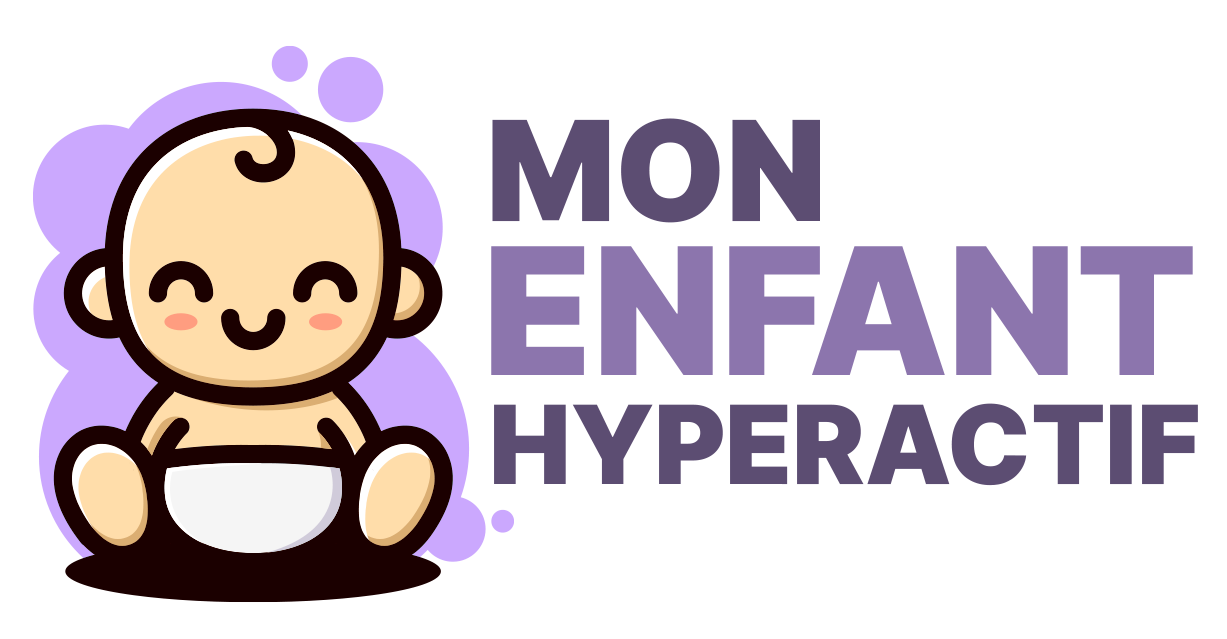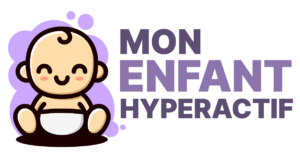Children with ADHD find it difficult to concentrate, sit still and be quiet. They are often disorganised and often forget to do things. Some children with ADHD also have difficulty sleeping.
10 tips to help your ADHD child fall asleep
Sleep is crucial for the health and well-being of your ADHD child. Here are some tips:
- Establish a bedtime routine that is calm and soothing. This means that you should avoid letting your ADHD child watch television or play video games before bedtime.
- Encourage your child to exercise during the day to use up excess energy.
- Give your ADHD child a warm bath before bedtime to relax their muscles.
- Reading a bedtime story to your child can help calm his or her mind and encourage sleep.
- Teach your ADHD child some relaxation techniques, such as deep breathing or visualization.
- Turn off all light sources in the bedroom to create a dark and quiet environment.
- Encourage your ADHD child to get up and move around if they wake up during the night and can't get back to sleep.
- Establish a healthy sleep regime for your ADHD child by encouraging them to go to bed and get up at regular times.
- Avoid giving your ADHD child food and drink containing caffeine before bedtime.
- Talk to your doctor if your ADHD child has difficulty sleeping and is at risk of sleep apnea.
It is important to ensure that your ADHD child has an environment that is conducive to healthy and restful sleep. Create a bedtime routine that will help them relax and fall asleep. Make sure there are no distractions in their room, such as television or video games. Encourage exercise during the day to deplete energy and promote deep, restful sleep.
Other tips to help your child sleep
Staying with him, accompanying him
Being with them is not just about telling them a story, even if that's great. It's not enough for them and it's still about "doing". They need to be supported in settling down and stopping. It is no longer in the action that it happens but in the "being". And for this to happen, the parent himself or herself has to stop and take a break.
One hand on the abdomen and the other at the same height on the back
An excellent gesture that helps to settle and calm down, both for the parent and the child, is to place one of your hands on the child's abdomen at the level of the navel and the other hand on the back at the same height. Then you focus on what you feel in your hands, closing your eyes if necessary and remaining silent. If the child is talking to you, you listen but do not add to the conversation at this point. You simply take the time to be.
You will see that little by little, the child calms down and this gesture recreates a very strong link between the parent and the child, a bit like the umbilical cord that linked the mother to the child in utero.
The abdomen is also the seat of the emotions where many tensions and knots come to lodge; this gesture will help to untie these knots, and allow the energy to circulate better.
One hand on her forehead and the other on her neck
This gesture calms the little bike that never stops in the head and the tension in the upper back. A few minutes are enough.
I see that adults who come for coaching or care, it does them a lot of good too. Especially for people who carry a lot in their lives...
So, I invite you now to "devote" an extra 5 minutes with your child during the bedtime ritual and to try out one gesture one day and another the next.



